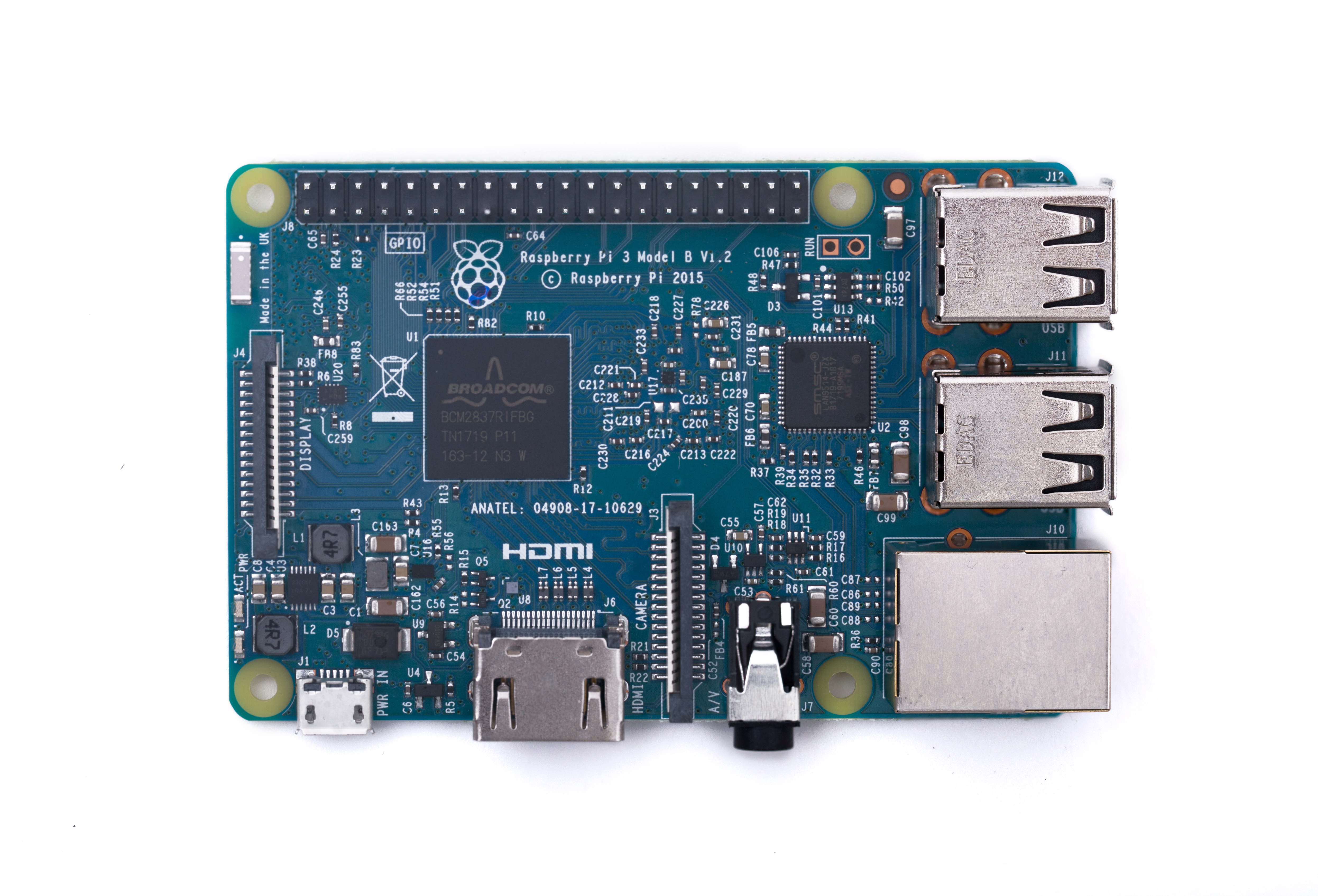

Edit the dashboard by clicking the 3 dots in the top right corner, then click Add Card. Next, select of your your Lovelace dashboards. Step 7: Add Blue Iris Camera to “Picture Glance” Card My entity ID is camera.blueiris_driveway. For the rest of this guide, I’m just going to focus on adding 1 camera to a Lovelace card so we can view it’s livestream. If you go back and click on the Blue Iris entities, you’ll see all the different entities you can use in Lovelace. You should all the available devices, along with a device for All Cameras, All Cameras Cycle, your Blue Iris group (if you have one), and the Blue Iris server itself. Add them each to an area if you’d like.Ĭlick the devices link or go to Configuration > Devices. If everything was entered correctly, you’ll see a few new devices.
#Blue iris raspberry pi password#
Uncheck SSL and enter the “ha” user and password you created in Step 1. Change the port (the integration defaults to 80, but when setting up Blue Iris – the default port used is 81). Search for Blue Iris NVR.Įnter the IP address of your Blue Iris server.
#Blue iris raspberry pi install#
This will download all the required files necessary to install the integration in Step 4.Ĭonfiguration > Server Controls > Check Configuration > Restart.Ĭonfiguration > Integrations > Add Integration. In the repository window at the bottom, click “Install this Repository in HACS”. Then search for Blue Iris from the search box.Ĭlick the integration. Click the HACS sidebar icon > Integrations.Ĭlick Explore and Add Repositories in the bottom right corner. Step 2: Add Blue Iris Repository from HACSįor this step, you’ll need the Home Assistant Community Store (HACS) installed. Yes, this user is required to be an admin. Check the box to grant the “ha” user Administrator privileges and also check the box for LAN only. Go into the Blue Iris settings by clicking the gear at the very top of the Blue Iris Admin desktop application.Įnter a name and password. This user will be used to log into Blue Iris from the Blue Iris Home Assistant integration in a future step. Rather than using your existing Blue Iris administrator user and password, we are going to create a “service” account that will bridge the communication gap between Blue Iris and Home Assistant.


 0 kommentar(er)
0 kommentar(er)
